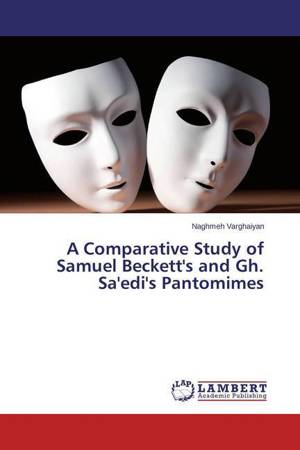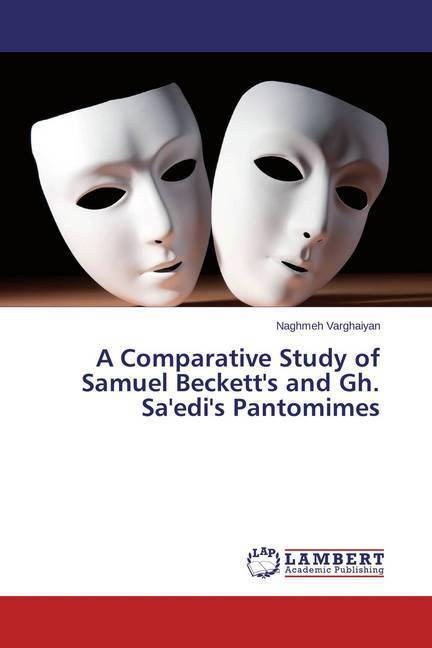
- Afhalen na 1 uur in een winkel met voorraad
- Gratis thuislevering in België vanaf € 30
- Ruim aanbod met 7 miljoen producten
- Afhalen na 1 uur in een winkel met voorraad
- Gratis thuislevering in België vanaf € 30
- Ruim aanbod met 7 miljoen producten
Zoeken
A Comparative Study of Samuel Beckett's and Gh. Sa'edi's Pantomimes
Naghmeh Varghaiyan
Paperback | Engels
€ 58,95
+ 117 punten
Omschrijving
The Irish writer Samuel Beckett's and the Iranian writer Gholam Hossein Sa'edi's pantomimes share some common features. The theory of intertextuality proves to be a helpful approach to analyse their shared characteristics. Both pantomime as a literary genre and intertextuality as a literary approach have universal purposes. The former is the study of any relationship between and among different texts from different historical periods, cultures, genres and languages. While in the latter, language loses its significance and mimes and gestures replace its mediatory function. Therefore, the primary purpose of this study is to show how Beckett's pantomimes "Act without Words I and II" resemble Sa'edi's pantomimes "the Black Hoopoe, Hapless and Murk" in terms of themes, structure and symbols. The study shows that both Beckett and Sa'edi chose the medium of pantomime in order to express what were mainly inexpressible in their writing languages. They both used pantomime form as an artistic need in order to escape from the constraint and oppression of the dominant language and their sociopolitical circumstances.
Specificaties
Betrokkenen
- Auteur(s):
- Uitgeverij:
Inhoud
- Aantal bladzijden:
- 152
- Taal:
- Engels
Eigenschappen
- Productcode (EAN):
- 9783659796456
- Verschijningsdatum:
- 9/11/2015
- Uitvoering:
- Paperback
- Afmetingen:
- 150 mm x 220 mm
- Gewicht:
- 231 g

Alleen bij Standaard Boekhandel
+ 117 punten op je klantenkaart van Standaard Boekhandel
Beoordelingen
We publiceren alleen reviews die voldoen aan de voorwaarden voor reviews. Bekijk onze voorwaarden voor reviews.








